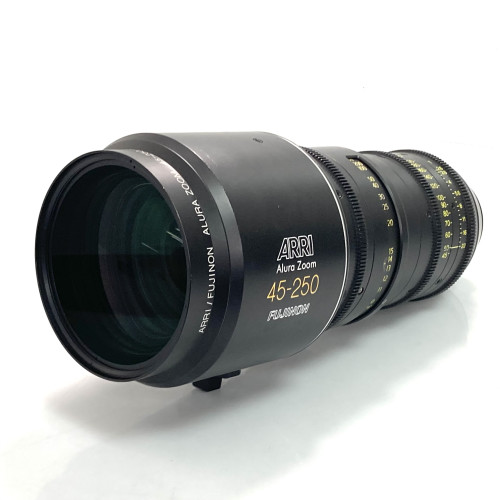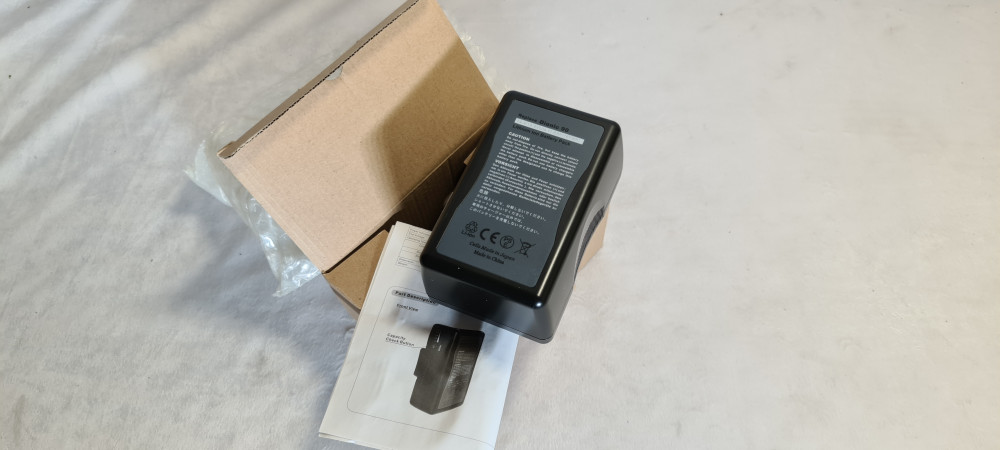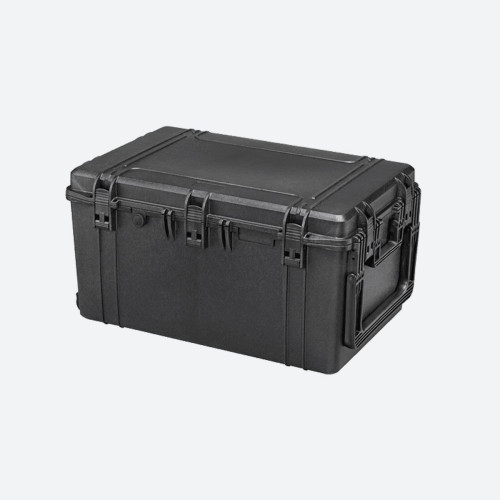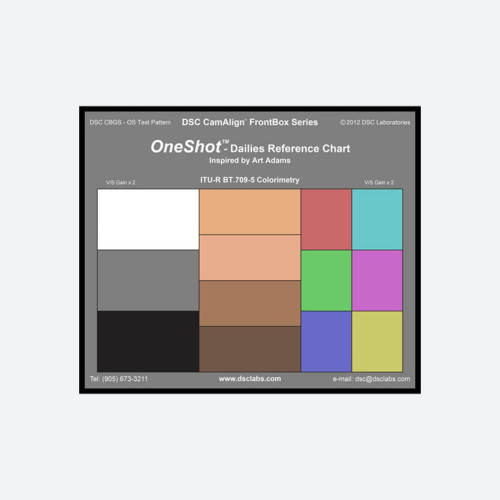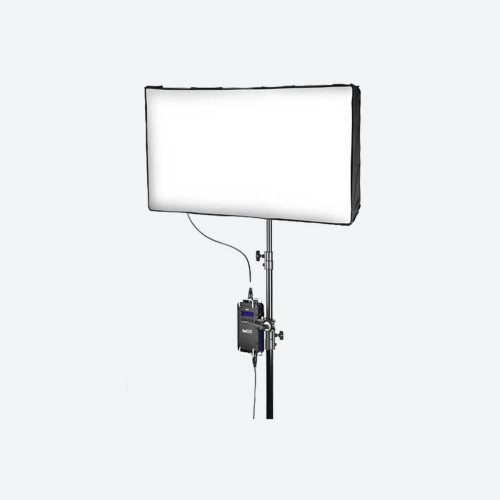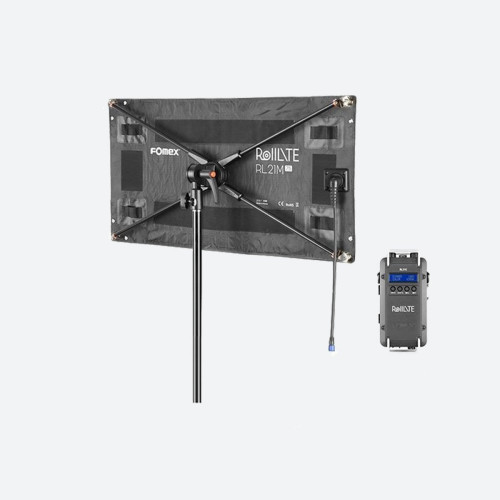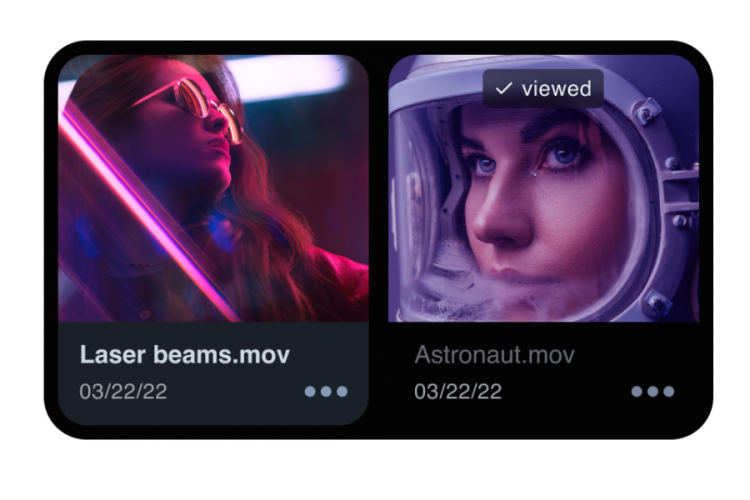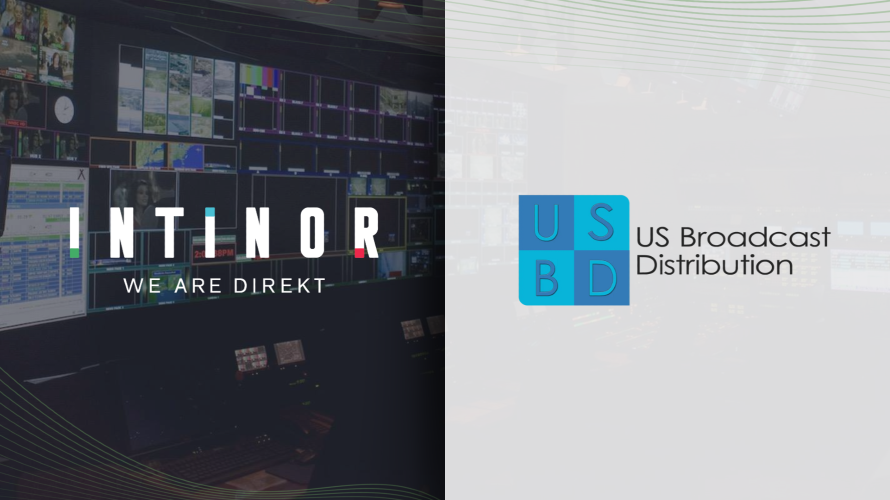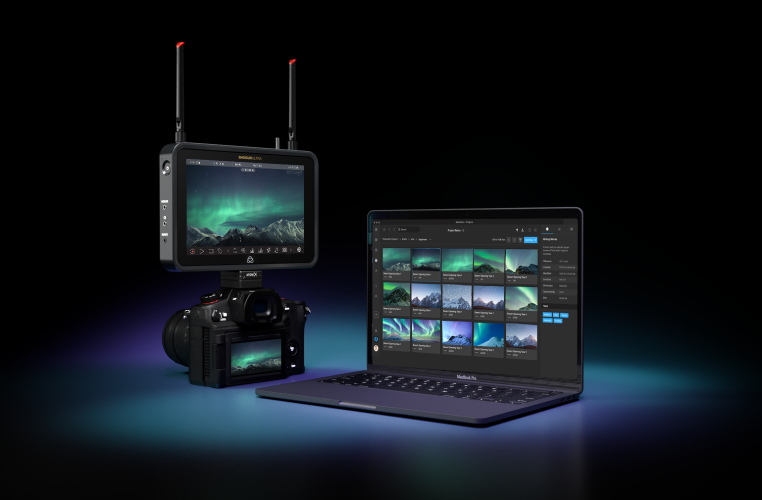by Bob Pank
Issue 79 - July 2013 It seems that numbers are a great eye-catcher and 4K was everywhere at NAB, and will be at IBC too. Here, of course, we are talking about a TV system with four times the number of pixels of HD, namely a picture area of 3840x2160 for TV, or for cinema 4096x2160. At the recent BeyondHD conference in London discussion about 4K filled most of the time. However, there was a view that, if the industry is going to adopt a new format, there are anumber of other things that could well be worth adding while the standards door is open.
Milan Krsljanin, Director of Group Business Development, ARRI Cine Technik, pointed out that there was a lot to be gained by introducing a much wider high dynamic range (HDR) to the images. The before and after footage on display made the point very well. After all, its what we perceive that really matters and it is well known that higher contrast makes us think we are seeing clearer, sharper detail. Thats why many of the demos we see at shows are presented in high contrast making sure the pictures look really sharp. Any camera / lens worth its salt can deliver a cracking image in full sunlight. The real test is its quality in lower lit internal shots. So Milan is, as ever, absolutely right, HDR can improve the apparent sharpness of the pictures. Lets do that.
Then there was the rather better known discussion about the need for higher frame rates (HFR) when using bigger pictures. While arguments can be made for higher and higher rates Im sure that we soon get into the realm of diminishing returns. Fast panning or watching sports will always throw up instances where some objects appear blurred or juddering. So what? The image is never reality, so if it tells the story, contains plenty of detail and is good to watch; I think that equals job done. Higher frame rates will gobble up bandwidth and make for higher costs. The question is, what should be the maximum? And surely different productions will be able to choose their own frame rate. There could even be variable frame rates to suit the action. I did hear a figure of over 300 fps quoted as frequency needed to reliably deliver good-looking action for 4K. I would put that into the scientific bracket rather than in any practical consumer standard. Before we get too carried away with ideals, its important to know that there is a standard. ITU-R Rec BT.2020 is now nearly a year old and defines aspects of ultra high definition television for 38402160 (4K) and 76804320 (8K) sized 16:9 images. All frame rates are progressive with (only) 120 Hz being the fastest, and 23.976 (amazing how the 1000/1001 off-set lives on, many decades after it was not needed) the slowest. But it is not all about speed and spatial resolution as the colorspace is greatly expanded, bigger than Digital Cinema, and HD (Rec. 709). This means UHD can deliver colours closer to those of the original scene and will probably be a challenge for camera manufacturers, cameramen and cinematographers, through to the phosphorus on our 4K screens, to deliver that fidelity.
But this sets up a discussion about what we really want from our TV: fidelity or an appropriate experience. For many programmes, fidelity is not an aim. For example, TV dramas and all movies aim for a look rather than reality, to create a feel or mood. A part of that look is defined by the optical filter placed in front of the camera lens and, in the old days, the choice of film stock. Likewise frame rate makes a big difference. For example, The Hobbit movie used a higher frame rate, of 48 Hz. Although this deliveredmuch smoother movement, some lamented that it did not have the film look, but was more like live TV. A few others reported feeling nauseous though perhaps the latter was more a result of the 3D and the way some scenes were shot.
So it becomes apparent that we really do probably notice more than we may think about the specification of moving images. However, it must be a good idea to create a system that is capable of delivering great fidelity, as then viewers can see the results just as the director intended. When they want it to look real, it will be pretty close. When they want to create a mood, you can pick that up too. Shutter speed, frame rate, camera filters, lighting... and dont forget the sound, and more, are all a part of the look.
Still it is the number 4K that hogs the headlines and not HFR, HDR or big colorspace. But put together they do mean better pictures. Strangely, most people most of the time will not see the full 4K resolution, unless viewers change their habits and get up close to the screen, at no more than 1.5 screen heights distance.
In Roald Dahls Matilda it was her Dad, Mr Wormwood, who said, The bigger the telly, the smarter the man. And he was right, but not in the way he thought. However, there are limits and 84-inch panels seem to be it to fit our houses without reverting to extensive structural alterations. Even so, viewers are still unlikely to sit close enough and see all the detail. That means 8K is definitely a step to far. 4K is the limit for domestic use.
4K is bigger than size alone

Author: Bob Pank#
Published 1st August 2013



